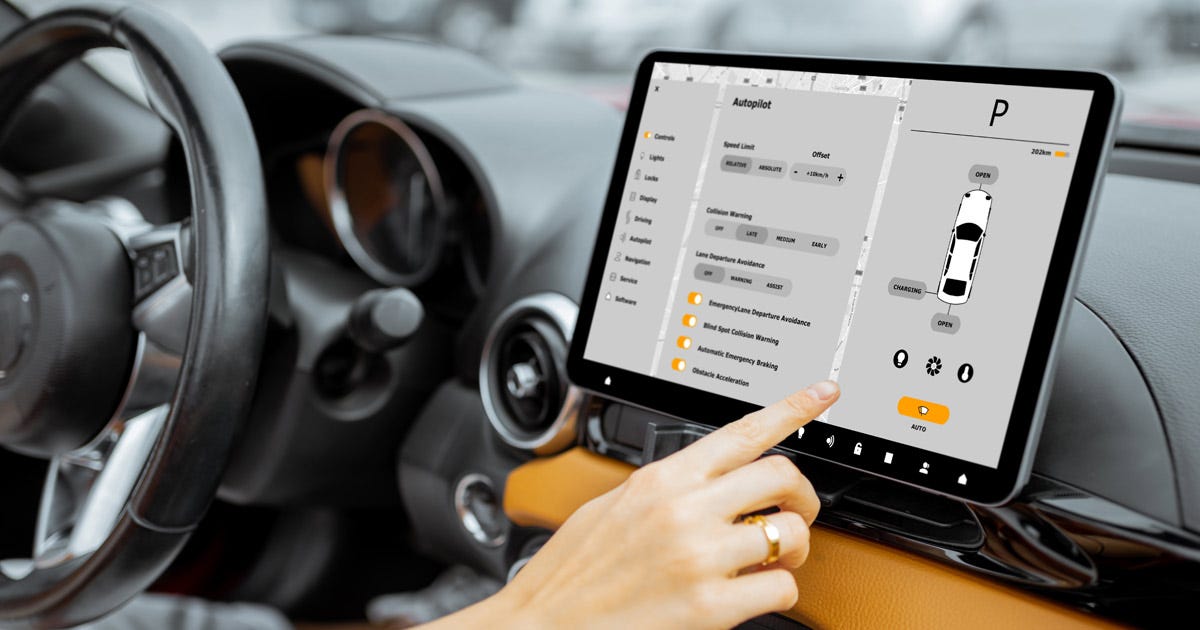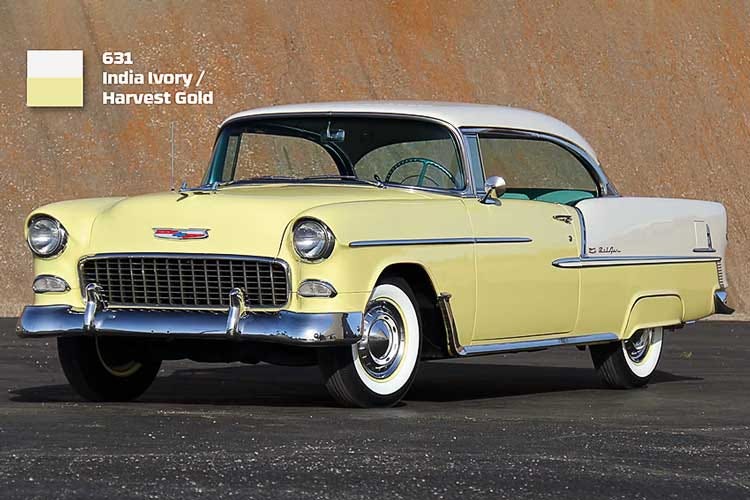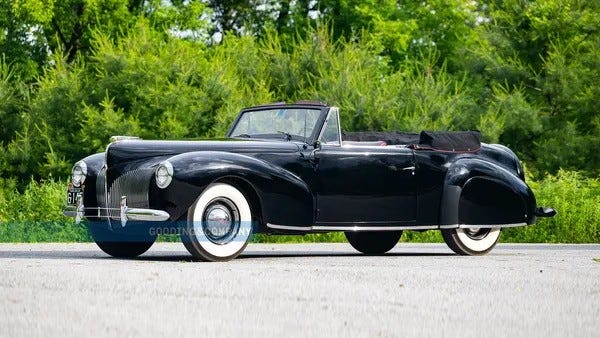Why Is It That Automobile Designers Insist on Touchscreens?
Everyone hates them.
Okay, that’s a bit hyperbolic, but everyone I know who bought a new car can’t stand them. Perhaps most irritating, they reset to standards after turning off the engine, and that’s a lot of fuss to go through on a regular basis before backing out of the driveway.
Because I am occasionally accused of overstating my particular prejudices, I ran a check on ChatGPT—the super, duper $20 monthly grade that simmers a while on low heat before settling down to deliver an opinion.
(Drum roll) The results were:
I couldn’t find a credible survey or study that states exactly “X % of new car owners hate touchscreens.”
However, there are related data points and indicators that suggest substantial dissatisfaction:
· Wired claims “90 percent of drivers hate using touchscreens in cars.
· A What Car? survey (cited in Wired) found 89 % of motorists preferred physical buttons over touchscreens.
· In J.D. Power’s Tech Experience Index (TXI) for 2024, many new-car buyers rated some in-car tech (infotainment, gesture control, etc.) as annoying or less useful.
· UX / reliability reports show that infotainment systems and touchscreen interfaces are among the more frequent sources of complaints per 100 vehicles. If I had to guesstimate (based on those data), I’d say around 80-90 % of drivers express strong annoyance or preference against depending solely on touchscreens for key controls.
Notice that Chat has now begun to refer to itself as ‘I.’
Which is interesting, and lends some support to my argument, but I want to be right. It’s a thing with those of us who write essays, we’re laying a point of view out there, and desperately (hyperbolic again) want to be agreed with.
So, I’ll stake out my thoughts on automobile design a bit more accurately.
Remembering the ‘good old days’ old-timers keep ranting on about, I’ll dip my oar in that water. My first new car was a 1955 Chevvy Bel Aire hardtop coupe, white over yellow, and I was really in love with that car. It had an automatic transmission, power steering, windows and brakes, air conditioning, and even a signal-seeking radio.
But appearance-wise, even that great car was a step down from the pre-war 1940 Lincoln Continental convertible. That car was, for me, the zenith of American auto design.
These cars were beautiful, and beauty went out the window with wind tunnels and an irresponsible focus on mileage.
Today’s cars, Mercedes or Chevrolet, all look like bars of soap and wind-tunnel design made that happen. If you bite off a $100,000 hunk of your bank account to buy a luxury car, shouldn’t it have at least a hint of elegance and style?
These days, the head honchoes of auto design are not only insulting our sensibilities, they’re producing transportation that’s dangerous to drive. Bopping along at 80mph—the highway speed limit across most of Europe—a glance over at the touch screen, and actually finding the heater or aircon control you require, is likely to take a minimum of ten seconds. In that time, you’ve travelled 358 meters, 1173 feet, nearly a quarter of a mile.
Meanwhile, a truck in your lane may have slammed its brakes to avoid a deer that jumped into the road. Or traffic may have stopped entirely, backed up from an accident. Or, nothing at all happened, but you and your family have been vulnerable.
Pre-touchscreen, you knew where the heater control was, just by touch. Now, some software engineer has obscured it, taking your attention off the road and to fiddling with a screen in the center of the car, just because he could and wouldn’t it be cool?
Just because it can be done in this day and age, doesn’t mean it should be.
My ’55 Chevvy probably took fifteen, or even twenty, seconds to go from stand-still to 60mph. A Tesla, and many other electric cars, can do that in under three seconds, and China has just produced the fastest passenger car in the world, topping out at 308mph.
That brings a whole new meaning to the question, “Dad, can I have the car tonight?”
We can do that.
But should we?



